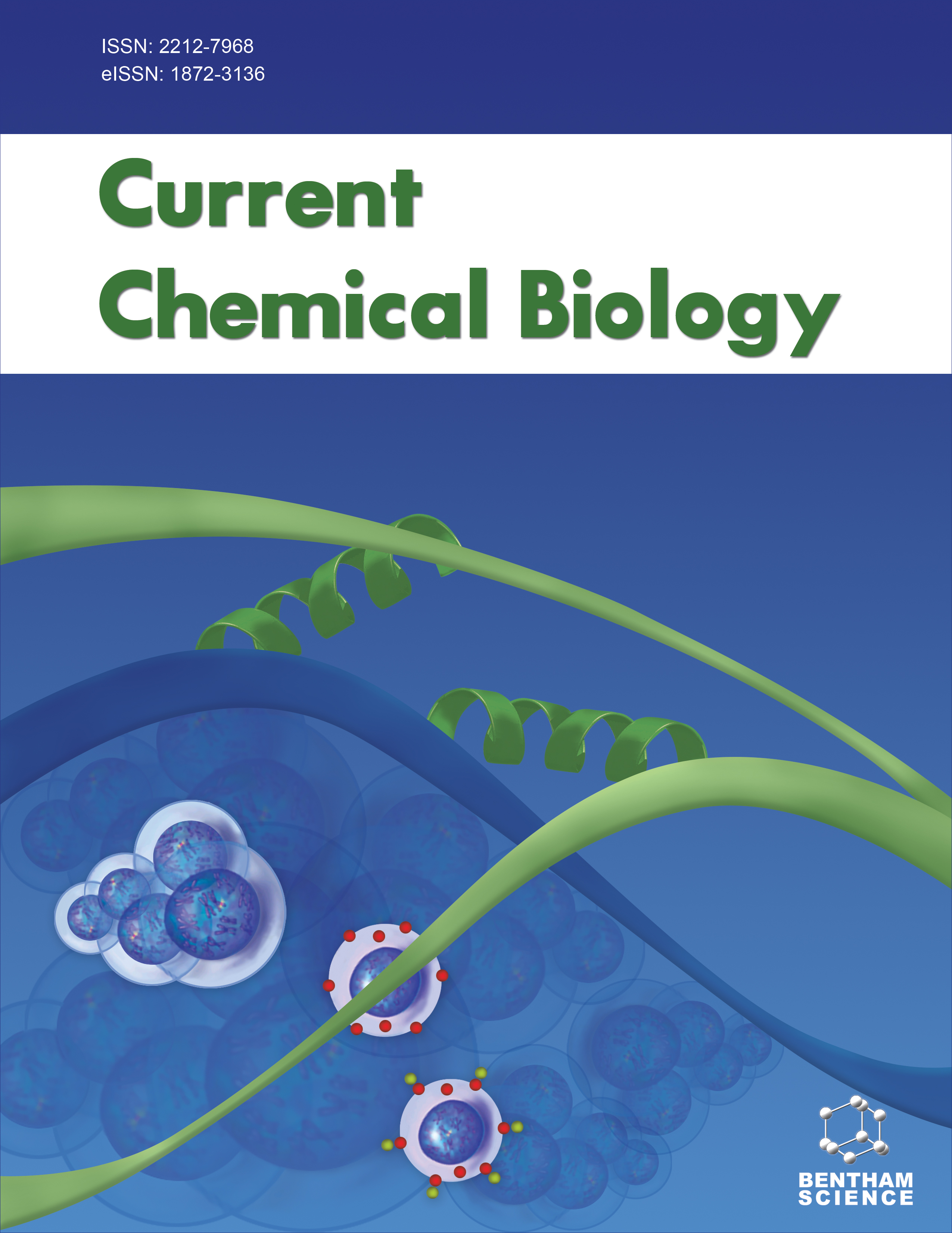
Full text loading...
We use cookies to track usage and preferences.I Understand
Phosphorylated α-Synuclein (α-Syn) is present in relatively small levels in normal human brains, but nearly all of the α-Syn in the Lewy bodies (LBs) that collect in the nigrostriatal region in the brain of Parkinson's disease patients is phosphorylated on serine 129 (pS129). Earlier studies suggested that mimicking phosphorylation at S129 may have an inhibitory effect on α-Syn aggregation and thus control α-Syn neuropathology. Although phosphorylation at S129 is associated with α-Syn inclusion in synucleinopathies, the mechanisms by which this post-translational modification (PTM) influences aggregation and contributes to LB illness in the brain are yet to be understood.
This research aims to study the effect of phosphorylation (pS129) on the conformational dynamics of membrane-bound α-Syn using Molecular Dynamics (MD) simulations.
Using MD simulations, this computational study has demonstrated the effect of PTM on the conformational dynamics of pS129 α-Syn and its lipid membrane association. To better understand the impact of pS129 on the aggregation of the α-Syn structure monomer with recent atomic details, we have examined the MD trajectories, conducted a salt-bridge interaction study, Principal Component Analysis (PCA), and intra and inter-molecular hydrogen bond analysis.
The conformational structure of pS129 α-Syn was observed from the MD trajectory analysis to be stable throughout the simulation, with higher compactness and reduced flexibility. The stability of the structure of pS129 α-Syn was also evaluated by 2-D and 3-D principal component analysis followed by a free energy landscape plot showing the global minima. The conformational snapshots and Ramachandran plot showed the absence of α-strands in the α-Syn's Non-Amyloid Component Region (NAC) (71–82), which is necessary for aggregate formation.
Further, the intermolecular hydrogen bonds analysis indicates that the NAC region is not embedded into the lipid bilayer and has limited association with the other regions of the protein. Our findings reveal salient features of pS129 modifications that inhibit α-Syn aggregation.

Article metrics loading...

Full text loading...
References


Data & Media loading...
Supplements

